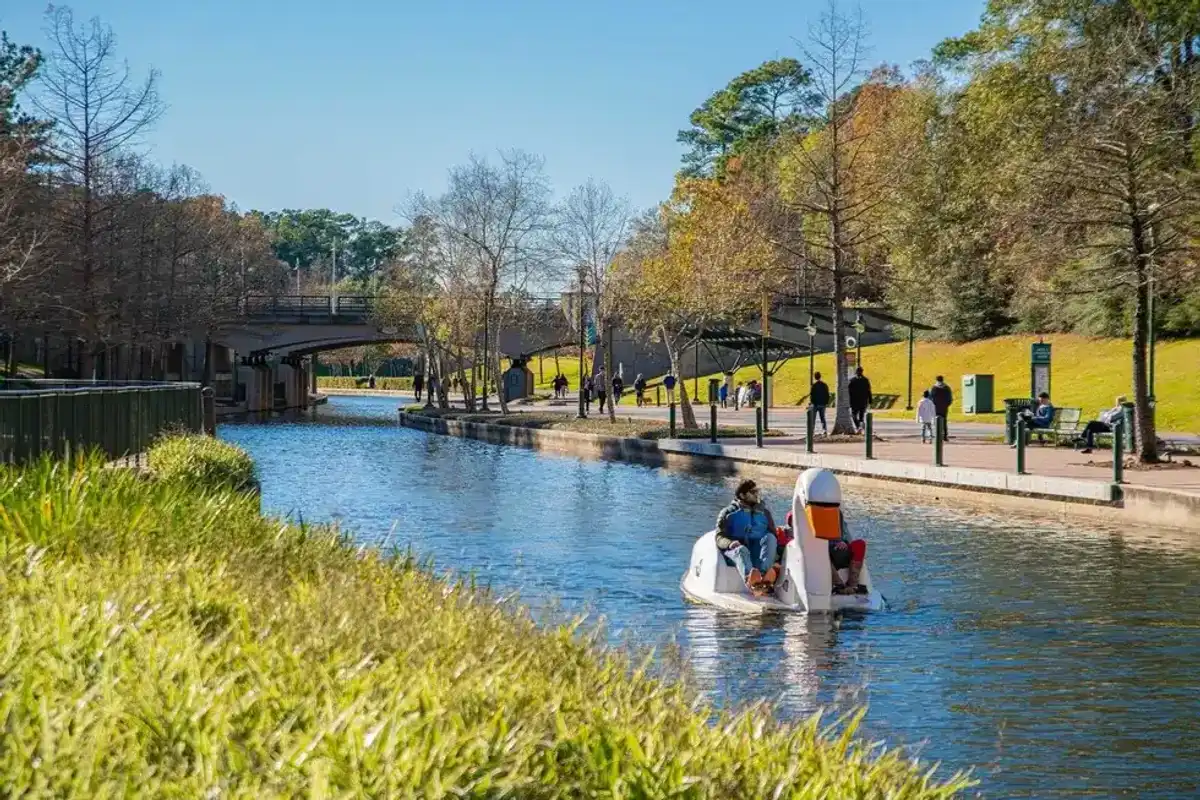Houston software startup is tapping into the military sector with VR training tools
Houston innovators podcast episode 127
For years, the idea of virtual and augmented reality has been growing in use and popularity from a consumer perspective. VR art experiences are popping up in every major city, and Snapchat and Instagram filters are flooding our phone screens daily. But one Houston company had the foresight to tap this tech in the business world.
"Our real mission around HTX Labs was to take what we felt was amazing technology — virtual reality, augmented reality, extended reality, and immersive technology in general — and take it from a primary consumer focus into enterprise," Scott Schneider says on this week's episode of the Houston Innovators Podcast.
A VR headset is different from your usual office appliance — it's not a printer or a desktop computer. So, addressing this technology and how companies deal with network security and identity management — plus the software designing itself — has been HTX Labs' bread and butter since it was founded in 2017.
"It's always been around how do we elevate training — and that's really been our mission for the past five years," Schneider says.
Over the years, the startup has had the opportunity to enter a new sector, and it's represented a pretty big pivot for the company. Now, 95 percent of HTX Labs's focus is on the Department of Defense.
"Around 2018, we were approached by the U.S. Air Force," Schneider says. "Three and a half years later, we are fully engaged with the DoD – Air Force, Navy, Army. Our big focus is around training aircraft pilots and maintainers — if you fly them or you fix them, they are using our technology."
HTX Labs has tripled its team over the past few years, and is looking to hire another 20 people to support its growth — specifically looking for sales, business development, and operational positions.
"In 2021, we were all about building capability and building our platform," Schneider says, "and 2022 is all about adoption. It's a land grab out there for doing what we're doing. We're trying to drive adoption within the government and outside in the commercial and private sector."
Schneider shares more on what he's focused on this year and how HTX Labs has grown alongside the Houston innovation ecosystem on the podcast episode. Listen to the full interview below — or wherever you stream your podcasts — and subscribe for weekly episodes.





